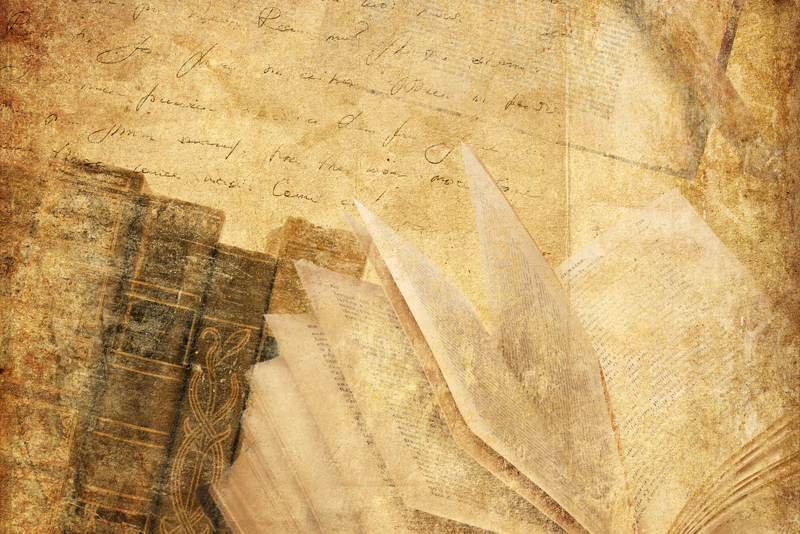Dorm Room Essentials

Few small space organizing challenges are more daunting than a college dorm room. For newly minted freshman and returning sophomores at least, a dorm room must feel comfortable, with any luck tranquil, conducive to quiet study and hold all the must have necessities. Consider sewing some of the following to brighten an away-from-home abode.
Bedside Caddy – an easy way to keep a book, eReader, tablet, cell phone, eyeglasses, TV remote and more within handy reach by sewing several pockets to one side of a square of sturdy fabric. The beside caddy should be long enough to securely tuck under a mattress and have several pockets attached to one side to hold necessities. A yard of sturdy cotton duck type fabric should be enough to create the bedside caddy. Finished size could 36-inches long so that 18-inches will be tucked under the mattress and 18-inches hanging down with multiple pocket segments for example. Create pockets by folding a long length of fabric lengthwise, right-sides together, with width sufficient to hold items securely. Stitch the length, turn right-side out, press. Lay on top of the caddy by matching side edges and bottom edges and pin. It is ok if pockets swell open - just pinch a pleat in the pocket bottoms so they lay flat along the bottom edge. Stitch vertical seams to segment pockets. Stitch all outer edges to the caddy base. If the caddy fabric chosen seems too thin to hold items, then the fabric square could be folded double, right sides facing out and outer edges top-stitched to secure. Use pinking shears to neaten edges or apply seam binding if desired.
Desk Chair Back Cover – the size of the desk chair back (if one is provided) may not be known at first still the cover can made as a flat rectangle with ties on each side. A fabric rectangle finished to approximately 15-inches by 30-inches should work. The cover can easily be made reversible with two different prints/solids for a quick change.
Microwave Caddy – with pockets for holding plasticware and paper plates. A little used table runner might come in handy for this purpose. Measure the microwave top and two sides to determine the finished length to cut the runner. Just add fabric pockets using leftover fabric to each end side of the shortened runner. Stitch the sides and bottom sides of each pocket to each end. Or, choose fabric from any leftover fabric scraps to make the pockets if not enough fabric remains from the table runner.
Drawstring Laundry Bag - one yard of 45-inch-wide fabric and two yards of braided cording should be enough to make the quintessential college bound must-take item. Fold fabric right sides together so a rectangle is formed. Stitch the one long edge leaving the top 4-inches unstitched and stitch across the bottom edge. Stitch again near to the first stitching line since laundry bags must be secure at the stitches. Box the bottom by pinching each corner to form a triangle and stitch across about 4-inches from the seam point. Fold under top edge 1-inch, iron this edge then fold again. Stitch at the folded edge to secure leaving the top side seam opening unstitched. This will form a casing for the cording to go through. Turn right side out, weave cording through the side seam openings, then double knot each cord end so they will not retreat into the casing when the laundry bag is being filled.
Throw Pillows – easy envelope style pillow covers are simple to sew. Using a purchased throw pillow size 14x14 inches as an example, cut two fabric pieces, one to cover the pillow front adding seam allowance all around and one for the pillow back cut to be 6-inchesmore lengthwise, again adding seam allowances. The pillow back will be a rectangle same width as the pillow front plus seam allowances. This will allow for the pillow back fabric to be cut in half, inside edges hemmed, and each piece then overlapped one over the other to match the same size as the fabric for the pillow front. Stitch fabric front and fabric back pieces right sides together around all four outside edges. Trim corners and seams, turn right side out and press. The pillow should slide smoothly into the back opening.
Branded T-shirts over art canvases. Great wall display. Just stretch the coveted T-shirt smooth over the art canvas and tape or staple to the back. Hang using removable adhesive backed wall hooks.
There are many other dorm room ideas to craft and sew and easy to find online. Consider covering a wooden folding TV tray for a mini padded ironing board; a traditional padded bulletin board with crisscrossed ribbons for hanging flyers, contact numbers, schedules; a pennant garland to hang over a bed or desk; a fabric roll up with elastic on the inside tacked down at intervals for holding numerous power cords or even oversize floor pillows for when visitors come for a study session and need a place to sit.
It's back to school time.
Sew happy, sew inspired.
Bedside Caddy – an easy way to keep a book, eReader, tablet, cell phone, eyeglasses, TV remote and more within handy reach by sewing several pockets to one side of a square of sturdy fabric. The beside caddy should be long enough to securely tuck under a mattress and have several pockets attached to one side to hold necessities. A yard of sturdy cotton duck type fabric should be enough to create the bedside caddy. Finished size could 36-inches long so that 18-inches will be tucked under the mattress and 18-inches hanging down with multiple pocket segments for example. Create pockets by folding a long length of fabric lengthwise, right-sides together, with width sufficient to hold items securely. Stitch the length, turn right-side out, press. Lay on top of the caddy by matching side edges and bottom edges and pin. It is ok if pockets swell open - just pinch a pleat in the pocket bottoms so they lay flat along the bottom edge. Stitch vertical seams to segment pockets. Stitch all outer edges to the caddy base. If the caddy fabric chosen seems too thin to hold items, then the fabric square could be folded double, right sides facing out and outer edges top-stitched to secure. Use pinking shears to neaten edges or apply seam binding if desired.
Desk Chair Back Cover – the size of the desk chair back (if one is provided) may not be known at first still the cover can made as a flat rectangle with ties on each side. A fabric rectangle finished to approximately 15-inches by 30-inches should work. The cover can easily be made reversible with two different prints/solids for a quick change.
Microwave Caddy – with pockets for holding plasticware and paper plates. A little used table runner might come in handy for this purpose. Measure the microwave top and two sides to determine the finished length to cut the runner. Just add fabric pockets using leftover fabric to each end side of the shortened runner. Stitch the sides and bottom sides of each pocket to each end. Or, choose fabric from any leftover fabric scraps to make the pockets if not enough fabric remains from the table runner.
Drawstring Laundry Bag - one yard of 45-inch-wide fabric and two yards of braided cording should be enough to make the quintessential college bound must-take item. Fold fabric right sides together so a rectangle is formed. Stitch the one long edge leaving the top 4-inches unstitched and stitch across the bottom edge. Stitch again near to the first stitching line since laundry bags must be secure at the stitches. Box the bottom by pinching each corner to form a triangle and stitch across about 4-inches from the seam point. Fold under top edge 1-inch, iron this edge then fold again. Stitch at the folded edge to secure leaving the top side seam opening unstitched. This will form a casing for the cording to go through. Turn right side out, weave cording through the side seam openings, then double knot each cord end so they will not retreat into the casing when the laundry bag is being filled.
Throw Pillows – easy envelope style pillow covers are simple to sew. Using a purchased throw pillow size 14x14 inches as an example, cut two fabric pieces, one to cover the pillow front adding seam allowance all around and one for the pillow back cut to be 6-inchesmore lengthwise, again adding seam allowances. The pillow back will be a rectangle same width as the pillow front plus seam allowances. This will allow for the pillow back fabric to be cut in half, inside edges hemmed, and each piece then overlapped one over the other to match the same size as the fabric for the pillow front. Stitch fabric front and fabric back pieces right sides together around all four outside edges. Trim corners and seams, turn right side out and press. The pillow should slide smoothly into the back opening.
Branded T-shirts over art canvases. Great wall display. Just stretch the coveted T-shirt smooth over the art canvas and tape or staple to the back. Hang using removable adhesive backed wall hooks.
There are many other dorm room ideas to craft and sew and easy to find online. Consider covering a wooden folding TV tray for a mini padded ironing board; a traditional padded bulletin board with crisscrossed ribbons for hanging flyers, contact numbers, schedules; a pennant garland to hang over a bed or desk; a fabric roll up with elastic on the inside tacked down at intervals for holding numerous power cords or even oversize floor pillows for when visitors come for a study session and need a place to sit.
It's back to school time.
Sew happy, sew inspired.

Related Articles
Editor's Picks Articles
Top Ten Articles
Previous Features
Site Map
Content copyright © 2023 by Cheryl Ellex. All rights reserved.
This content was written by Cheryl Ellex. If you wish to use this content in any manner, you need written permission. Contact Cheryl Ellex for details.







